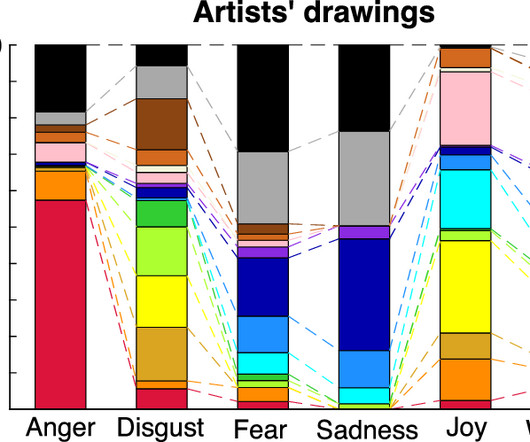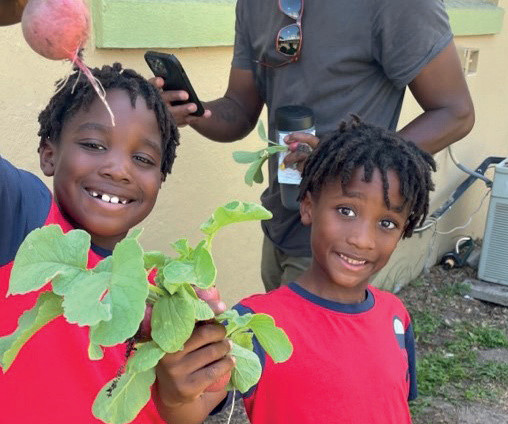Are there ‘rules’ for conveying emotion through art?
Futurum
SEPTEMBER 26, 2023
Explore careers in cognitive neuroscience • The Collaborative Program in Neuroscience (CPIN) at the University of Toronto has various public outreach programmes, including NeuroSci 101, an annual lecture series for high school students. I experienced collaborations between biology, engineering and social sciences with a playful attitude.











Let's personalize your content